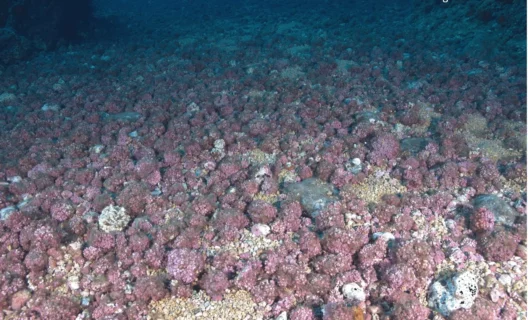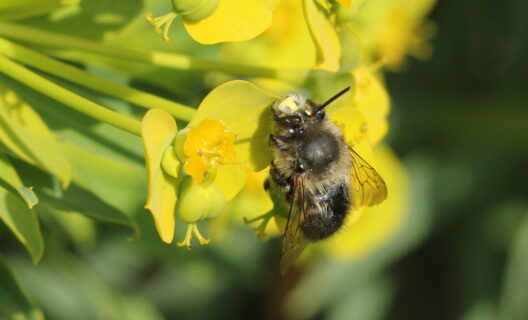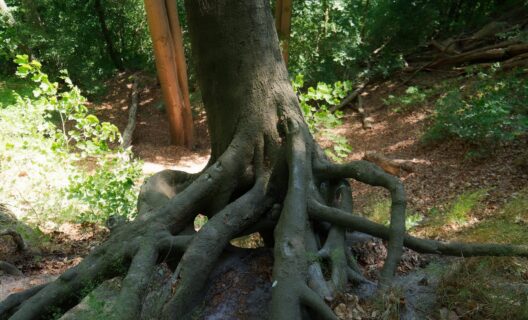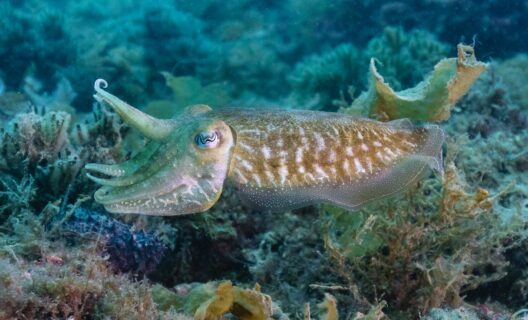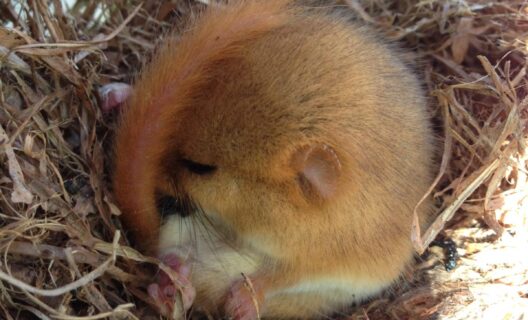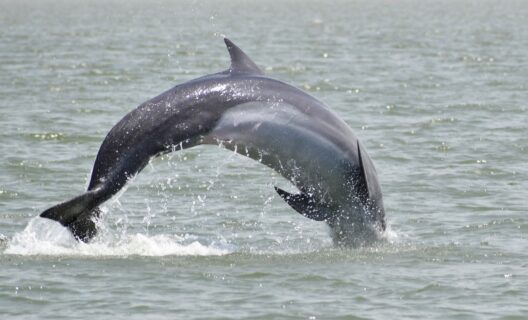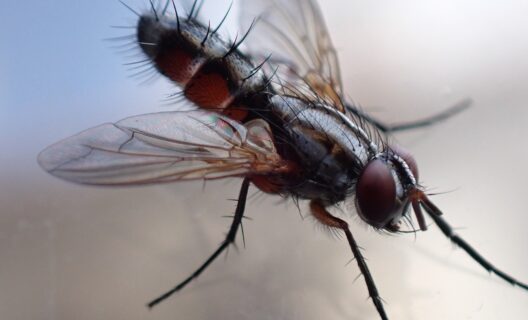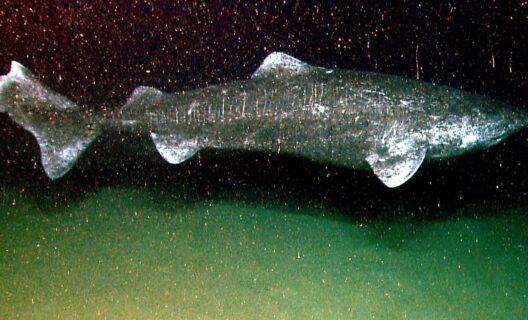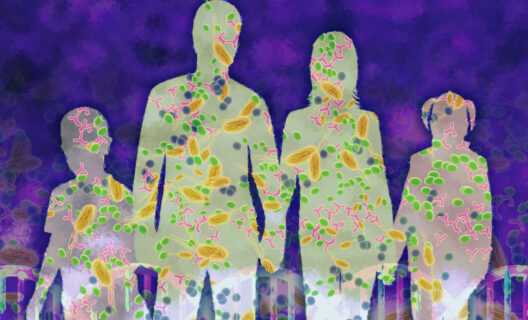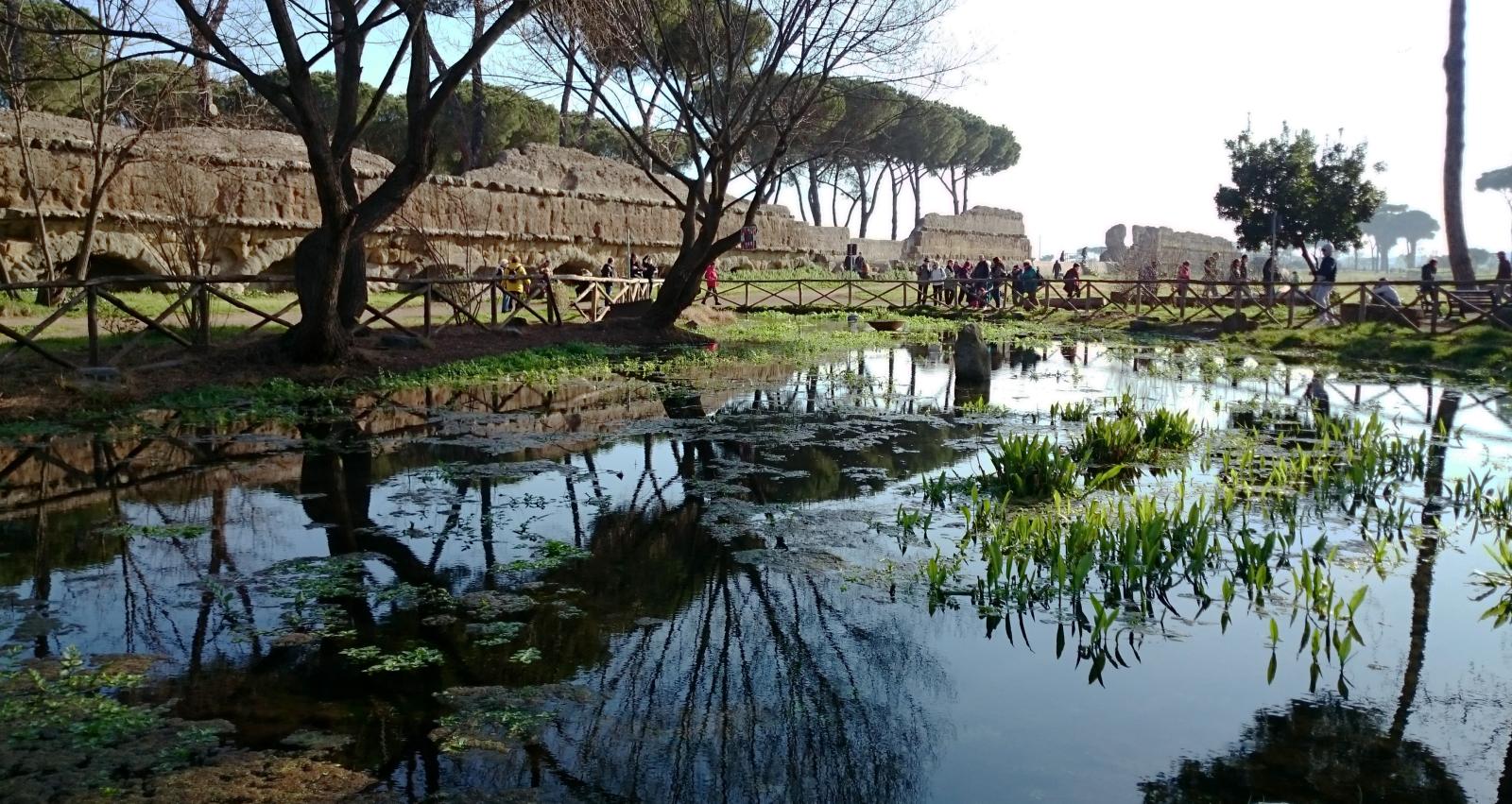

Reading time
0 min
The capital’s biodiversity is an asset. Also for human psychophysical well-being.
Over the past two hundred years, Rome has been home to a large number of species that today-with loss of habitats, pollution (including sound and light), changing microclimates and hazards such as road crossings-are in trouble. Yet, animals and the natural environments in which they live are an invaluable asset to humans as well, in many ways.
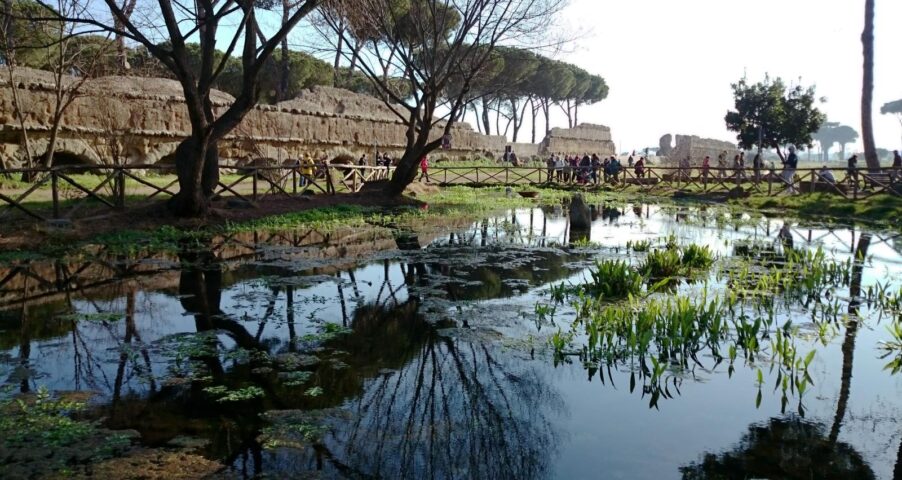
""
The survey of two centuries of history
The study published in Proceeding of The Royal Society B, in which CNR-IRET participated, started from the analysis of nearly two centuries of Roman history (from 1832 to 2023) to produce an extraordinary snapshot of the capital, where for once the protagonists are animals. Putting together more than 6300 mammal occurrence data (including monitoring, museum collections, recovery centers and data collected through the iNaturalist platform), the researchers identified 51 mammal species, among which the most represented are the hedgehog, fox, Savi’s bat and the albibimbus bat.
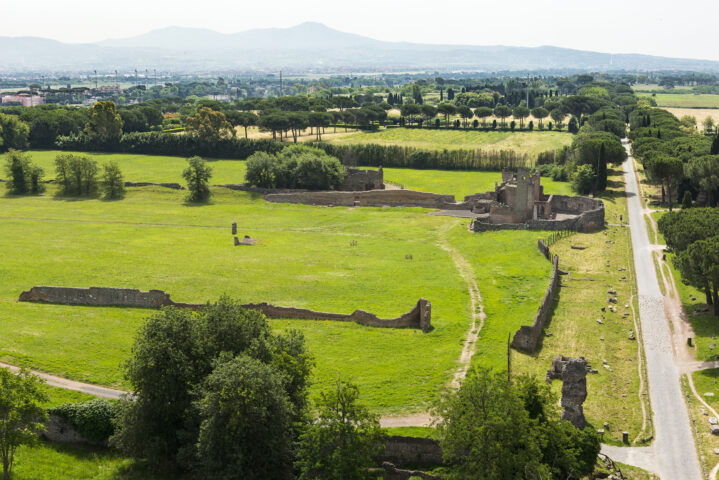
""
The presence of many species has not varied dramatically over time thanks largely to the complex structure of the city, which relies on large green spaces and waterways. But species recorded in wetlands in the past have declined: while there were nine in the 1950s, today there are four left. At the expense have been the otter, Capaccini’s vespertilio (a type of bat), skunk and water vole, which used to proliferate in swamps and ponds: their natural habitat has either been replaced by construction, cultivation or cementing, or has suffered severe degradation due to pollution.
""
Why humid environments are essential
It is not only a loss for animals. Wetlands are vital spaces for human presence as well. In addition to preserving biodiversity, they are crucial for their ecological functions: they absorb rainfall, regulate temperature (absorb heat in summer, mitigate cold in winter) and reduce air pollutants.
""
The study’s authors highlight the fact that inevitable urban growth need not lead to a loss of biodiversity: understanding wildlife trends and promoting more sustainable and nature-friendly cities is a viable path, for the benefit of all living things. Preserving remaining aquatic environments, avoiding the overbuilding of banks or the introduction of alien species (such as goldfish, American marsh tortoises, and domestic anatids) are some of the possible actions to be included in urban planning.
The journey goes on
Every story paves the way for the next: discover where biodiversity takes you


